GiNaC
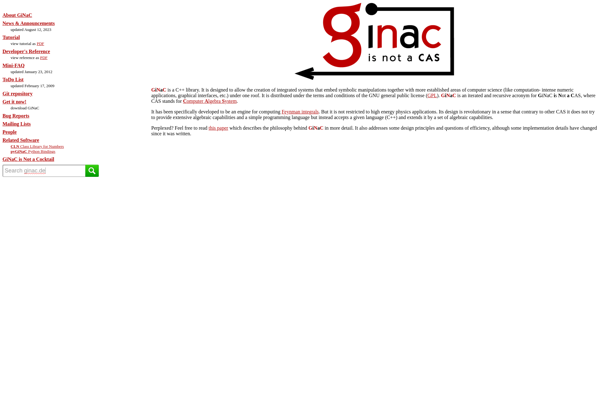
GiNaC: Open-Source Computer Algebra System
An open-source computer algebra system for symbolic mathematical computations with a C++ interface, supporting arbitrary precision integer, rational, complex number, symbolic computation, and matrix operations.
What is GiNaC?
GiNaC is an open-source computer algebra system designed for practical symbolic mathematical computations and manipulation. It provides a programming interface in C++ for symbolic calculations involving arbitrary precision integer, rational, complex number, symbolic computation, and matrix operations.
Some of the key features of GiNaC include:
- Symbolic manipulation of mathematical expressions
- Simplification and canonization of expressions
- Substitution and evaluation
- Differentiation and integration
- Polynomial algebra and factorization
- Symbolic linear algebra operations on matrices
- Solving equations
- Expanding functions into series
- Symbolic statistics capabilities
- An easy-to-use C++ interface
- Efficient implementation and arithmetic using CLN
- Support for both numeric and exact computation
GiNaC is designed to be easy to embed into other applications that would benefit from symbolic algebra capabilities. It aims to provide a convenient interface for symbolic mathematical tasks that is both programmer- and user-friendly.
GiNaC Features
Features
- Symbolic manipulation of mathematical expressions
- Arbitrary precision integer and rational arithmetic
- Complex number and matrix operations
- Customizable expression classes and container types
- C++ interface for integration into larger projects
Pricing
- Open Source
Pros
Cons
Official Links
Reviews & Ratings
Login to ReviewThe Best GiNaC Alternatives
Top Development and Computer Algebra Systems and other similar apps like GiNaC
Here are some alternatives to GiNaC:
Suggest an alternative ❐Mathematica
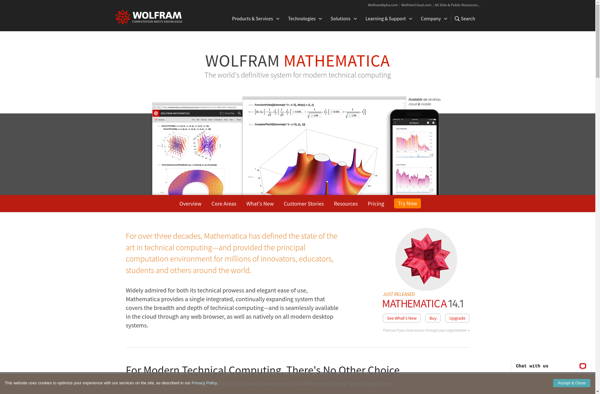
Maple
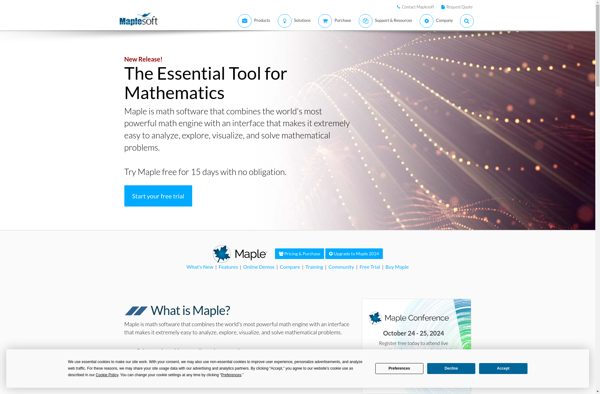
GNU Octave
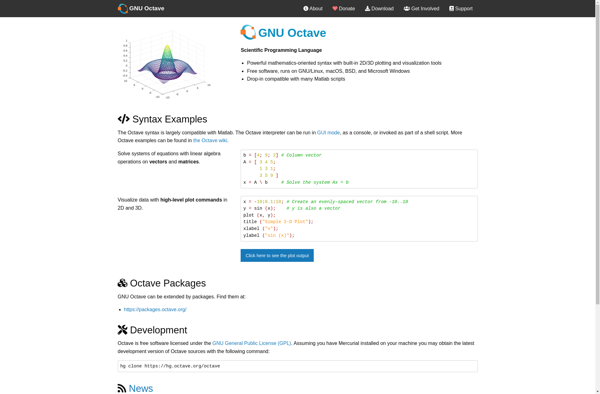
Maxima
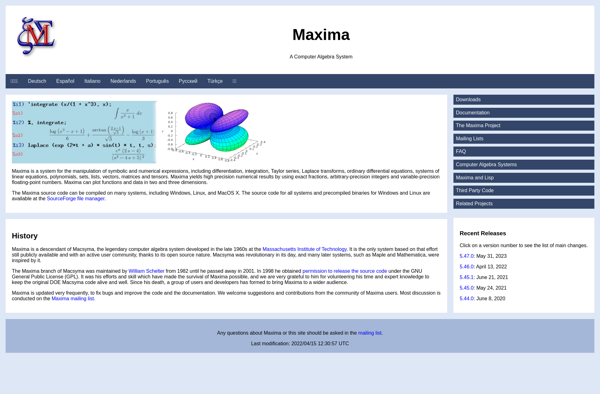
SageMath
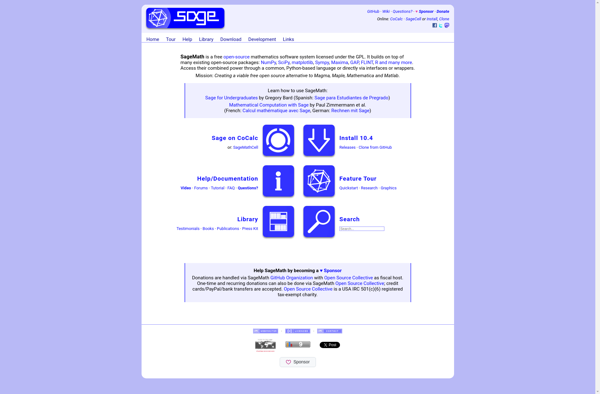
WxMaxima
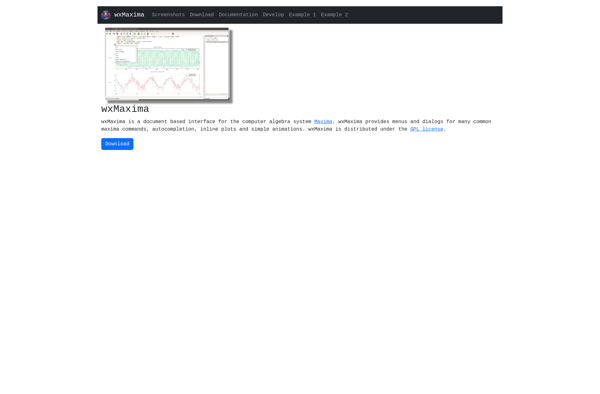
OpenAxiom

Xcos
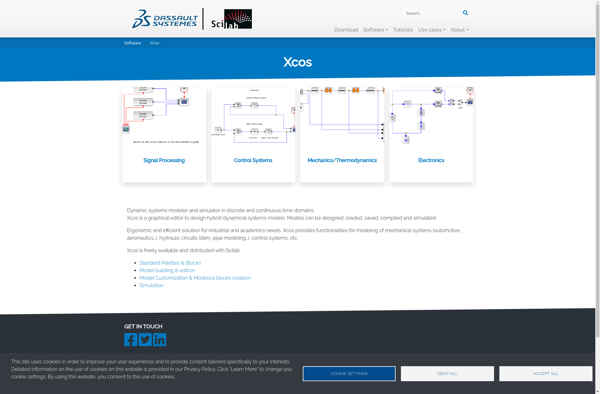
Cadabra
SymbolicC++
